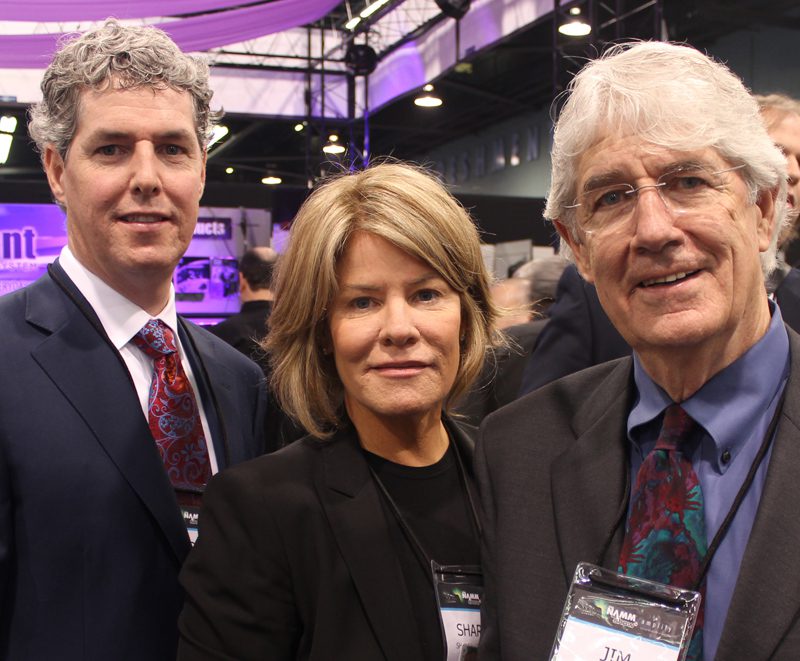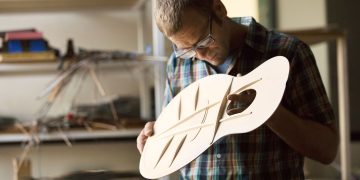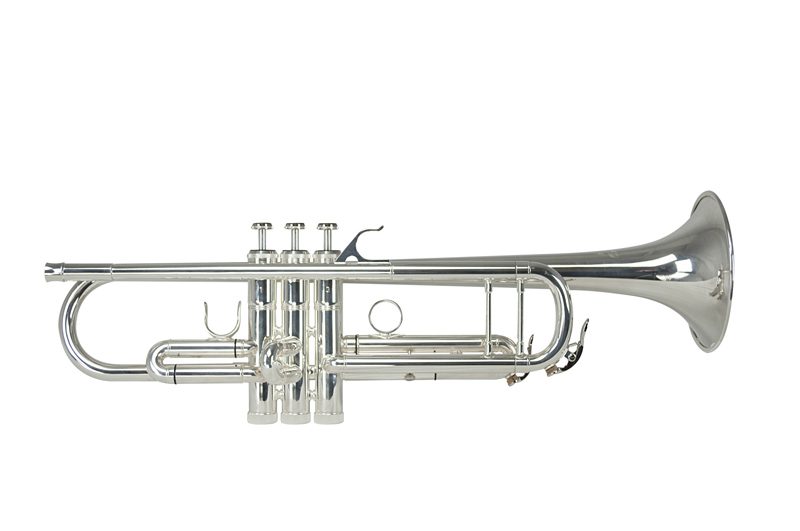 It’s a rare venue or studio that doesn’t include at least a few items from On-Stage Stands, the flagship brand from MI manufacturer and distribution company, The Music People. That alone would make this venerable organization one of the most wide-reaching companies in music. But as founder Jim Hennessey celebrates the company’s 35th anniversary this year, The Music People’s influence on the industry has never been bigger, boasting a pro audio line card of over 180 brands, and manufacturing nearly 650 accessory products under On-Stage Stands and its sister brands.
It’s a rare venue or studio that doesn’t include at least a few items from On-Stage Stands, the flagship brand from MI manufacturer and distribution company, The Music People. That alone would make this venerable organization one of the most wide-reaching companies in music. But as founder Jim Hennessey celebrates the company’s 35th anniversary this year, The Music People’s influence on the industry has never been bigger, boasting a pro audio line card of over 180 brands, and manufacturing nearly 650 accessory products under On-Stage Stands and its sister brands.
Hennessey started The Music People in September of 1979, working out of his own basement to import tuners, cables, and accessories while he designed his own instrument stands. Hennessey had earlier been hired as a sheet metal draftsman at Kaman Aircraft in Connecticut, the company run by Charlie Kaman that would eventually spin off Ovation Guitars. Hennessey transferred to Ovation, where he helped grow that company through engineering, marketing, and endorsement work. The Music People is now based in Berlin, Connecticut and is led by the next generation of Hennesseys – Sharon Hennessey serves as VP of Sales, while John Hennessey is VP of Operations. The company continues to expand its distribution network as well as develop its original brands like On-Stage and Hot Wires.
MMR caught up with Jim Hennessey for a look back on the company’s legacy and the moves it has made to stay on top of the game in this ever-changing market.
MMR: It’s great to hear about your early engineering and metal drafting background. How do you think that hands-on, problem-solving spirit has shaped the company?
Jim Hennessey: Coming from engineering at Kaman Aircraft Co. gave me real-world experience. As a draftsman of sheet metal framework, I was able to see my drawings come to fruition on the aircraft. I spent 12 years seeing things go from paper to production before I moved to Ovation. Now here at TMP, everybody takes part in that paper-to-production process. When we put the wheels in motion for a new product, teams from throughout the company are involved. It’s not just the engineers and my R&D team; we get input from sales, from creative, and we even reach out to trusted customers for input once the prototypes are pretty well developed.
TMP and On-Stage have had the pleasure of working directly with all kinds of unbelievable artists. Do any collaborations come to mind as particularly memorable or influential to the company’s products?
It was not always collaborations so much as it was exposure. Going back to the beginning, for example, I was at a Crosby, Stills, Nash & Young concert on behalf of Ovation. The stage was set up outdoors in Hartford, and I was there to bring six guitars to soundcheck in the afternoon. I’d watch them carry guitars with stands one by one onto the stage. Years later, when I started On-Stage Stands, I remembered that scene and ended up designing double and triple guitar stands. I believe we were the first to do this, but money was tight at the time, so we never patented the concept. I often wonder how many similar multi-guitar stands sell every year – a lot!
TMP has weathered a variety of shifts in MI over these 35 years. How has the company’s place in the industry changed as the market has evolved for items like guitars, pro audio, and even iPads?
I’ve always focused on the accessories end of the industry, even with my background in guitar manufacturing. Not a lot of people saw money in it, but I felt we could make a difference with our line. Over time, we’ve expanded our offerings to snakes, connectors, guitar accessories, guitar tuners – we have about 650 items in our pricelist.
Pro audio started because of Ovation, too. Working with endorsers, I was always backstage, at rehearsals, and in recording studios. I saw so many brands of microphone. Later, after I had established The Music People, I thought about those microphones. They sold for more than stands. I wanted to be in that market: small boxes, big money. We started with Shure, then added EV, AT, AKG, Astatic, Audix, Beyerdynamic, Countryman, Sennheiser, CAD, Earthworks, and more. I saw the success Kaman was having as a distributor, and I knew we could replicate that. Since then, Sharon and John have grown our distribution line to nearly 180 brands under our TMP Pro Distribution division.
As for tablets like the Apple iPad, several companies started coming out with MI-oriented mounting designs about three or four years ago. Our dealers wanted to see us put something on the market, so I was under pressure to drink the Kool-Aid! Our first design was a folio case called the u-mount – it won “Best in Show” at NAMM. We followed this original u-mount with a new version called u-mount Snap-on. I wanted it to look like Apple designed it, and I wanted it to mount onto everything from inside the music industry and out. u-mount is our first real evolution into the broader consumer market.
As profit margins have dipped for many dealers, has the role of accessories, such as stands, become even more important?
We are aware that margins have dipped. It has always been our opinion that it’s best to give dealers the most we can offer, rather than pulling back on our offerings. There is still a healthy margin in accessories. Consumers have always been comfortable buying small ticket items, so volume is far more stable than the big ticket gear. With that in mind, we work pretty hard to get new, desirable accessories on shelves as quickly as possible; we need to keep our dealers in the black!
How was TMP taken advantage of the rise of DIY recording artists?
Actually, recording has been a big deal for us right from the start. The first time I saw studio mics in action, I thought to myself that it would be great to sell those. After a while, we added brands that provided recording gear, mixers, amplifiers, monitors, and more. It meshed well with our mic stands and accessories. It’s safe to say that our business growth ran parallel to the growth in home recording. Our pro audio distribution business turned out to be a great resource for mom and pop music stores, allowing them to jump on the home recording wagon, too. Our model meant they could offer their customers the brands they wanted without taking on a whole line.
What is the biggest challenge for the company moving forward?
TMP faces the same problems that most other brands in the industry face, I think. One thing in particular is brand protection. We recently stepped up our enforcement of MAP. Competition is stronger than ever and the problem of undercutting prices has become a real concern.
Finally, staying ahead of the curve is what separates great companies from good companies, so we strive towards the next great thing. Business culture has changed throughout the years, but one thing remains: if you sit still or get comfortable, your competitors will run by you.



























Looking Back on 2025: A Year of Controlled Chaos (Emphasis on “Controlled”)